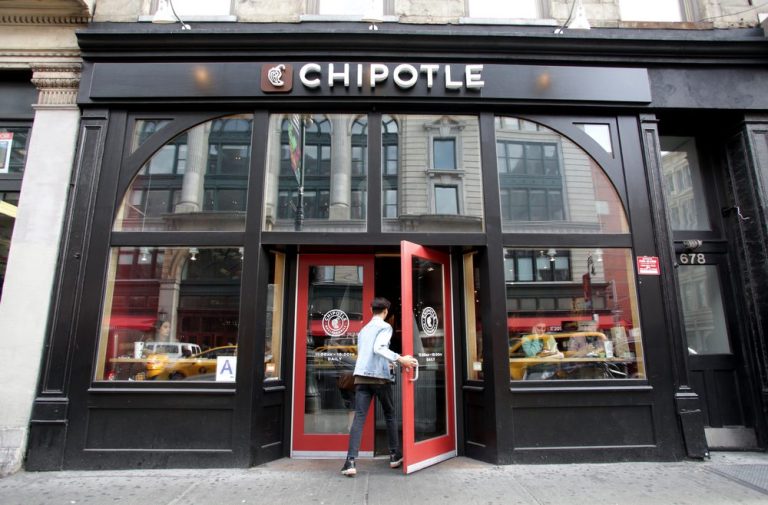Chipotle Mexican Grill on the Increased Access to Debit and Digital Payments Opportunity

For restaurants, innovating the debit payment experience is not just an opportunity, it’s becoming a necessity. In the Next-Gen Debit Payments Tracker, Nicole West, vice president of Digital Strategy and Product at Chipotle Mexican Grill, said rising debit use and digital ordering have taken a bite out of cash.
There’s no debate about the far-reaching effects the pandemic has had on consumers’ spending behaviors and payment preferences.
Debit payments were not immune to the pandemic’s impact as more consumers turned to them. A study by the Federal Reserve Bank of San Francisco revealed that of the total payments made in 2020, debit cards were the most frequently used at 28%. Credit transactions were next at 27% and cash followed at 19%. Researchers reported the continuing decline in the use of cash was offset by the preference for credit and debit cards, which increased by 4 and 1 percentage points, respectively. The study also found 18- to 24-year-olds showed the most significant year-over-year decline in the share of cash used. The decline corresponded with a substantial increase in debit card use between 2019 and 2020 among that same age group.
The 2021 Debit Issuer Study, a comprehensive assessment of the U.S. debit market by PULSE, a Discover company, found that while the number of debit transactions declined last year, total debit spending increased as cardholders made fewer purchases but generated larger tabs. Annual spending per active debit card was boosted by a $4 jump in average ticket size — the largest increase in the study’s history. The report also noted fewer cardholders inserted debit cards at the point of sale (POS), as more tapped them to use the contactless function.
Debit has seen rapid growth through the pandemic. This growth occurred partly because of the perception that cash may be unhygienic and tap-to-pay contactless methods could be safer. The shift can also be attributed to the transparency that debit can provide in monitoring finances. Discover reported that debit card spending offers shoppers a real-time look into their bank accounts, something some consumers took advantage of as they encountered pandemic-driven financial hardships. A survey by 451 Research found that 90% of consumers with bank accounts use debit cards, yet 28% of respondents have shopped with a merchant in the past year that failed to accept debit card payments.
Chipotle on the Debit and Digital Opportunity
For retailers and restaurants, accepting debit card payments is not just an opportunity but a necessity, as many of these businesses aim to stand out from the competition and capture customer spending. One player in the restaurant space experiencing gains with debit and digital payments is Chipotle Mexican Grill.
In an interview with PYMNTS, Nicole West, vice president of Digital Strategy and Product at Chipotle, said the California-based fast casual chain has seen an increase in use of debit and credit over cash as digital ordering continues to gain popularity with consumers. West noted that Chipotle surpassed $2 billion in digital sales this year.
Chipotle is meeting its customers’ evolving payment preferences, enabling them to pay with digital wallets and debit. The company focuses on providing guests with options, West said, allowing them to customize their experiences with the restaurant to fit their needs.
“Whether it be through our menu or via payment preferences, we want to ensure we’re increasing access and reducing friction at all turns,” she said.
Online sales at the company were nearly 11% above the previous year, and Chipotle retained approximately 80% of its digital sales as consumers returned to public life, Chipotle CEO Brian Niccol told analysts in July. Now, the company is shifting to viewing its digital channel not as an independent driver of revenue but as the gateway to a connected digital-physical experience, he said.
Eateries, therefore, must accept a wider range of payments, including debit cards and contactless tap to pay, so consumers do not become discouraged from purchasing and becoming loyal customers.
